A Mediated Magic: The Indian Presencein Modernism 1880–1930
Jungles where man met the spirit of the wild, yogis who harnessed the deepest powers of the mind, destitutes who had no more want than the veracity of their tradition, valorous aryans who were also “warm and brown”, and profligate maharajas whose extravagance could outdazzle any other court of the world—the contrasts of temperament, habitat and colour, depth of spirituality and sumptuous sexuality became the standard fare of the clichés that typified India in the intellectual and artistic circles of the West at the height of colonialism. Less well known is that this was accompanied by a strong move toward a particular vocabulary of abstraction in visual form, spiritual discourse, music and theatre. The exchanges with ideas Indian, andwith Indians themselves, had a decisive impact that contributed to the eruption and shape of Modernism in the West. This volume, richly illustrated and including several unpublished artworks, reveals thegreat artists of Europe in a new light. It also brings into focus lesser-known artists of no small importance, and expands the frontiers of the known influences of India beyond the European mainstream to Sweden, Russia and North America. It explains how Indian ideas impacted Natalia Goncharova and Hilma af Klint alongside Wassily Kandinsky and Piet Mondrianin the world of painting. Stanislavsky and Tairov, giants of the stage, both read yoga in Russia. Set designs and dance costumes for the Ballets Russes’ Anna Pavlova, as well as German and French theatre directors are examined. And finally, the book takes in its purview a number of intellectuals: Carl G. Jung, Ananda K. Coomaraswamy and Rabindranath Tagore along with leading Theosophists, making it a book of rare historiographic insight. Apart from touching on the foundations of New Age movements, this book also reveals how the modern perception of India fed back to India, and reconfirmed the Indian intelligentsia’s self-image. So enduring is this legacy that it has been invoked repeatedly: most famously in the 1960s hippie counter-culture, and again, today, with the rise of religiously grounded identity politics. Who were the key mediators of the idea of the magic of India to the modern world, and what was the nature of that mediation?
Get it now and save 10%
BECOME A MEMBER

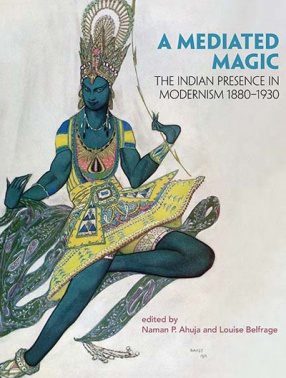
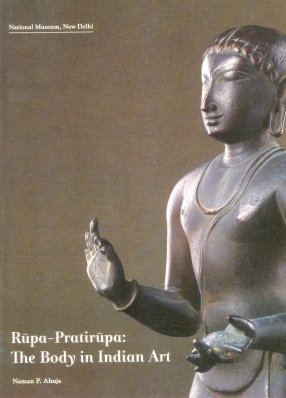
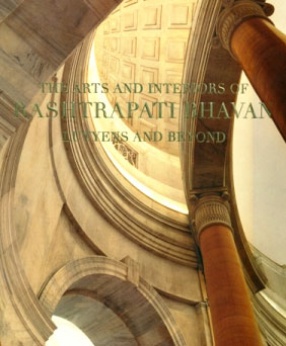
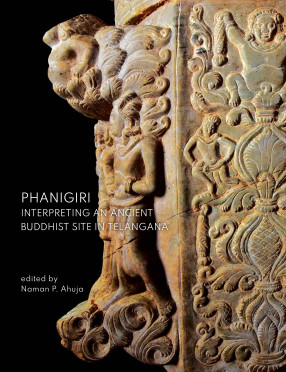
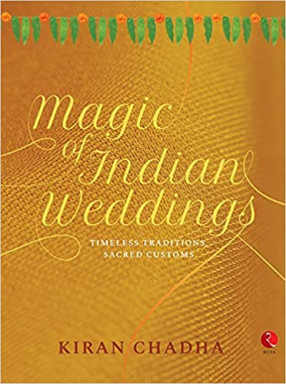
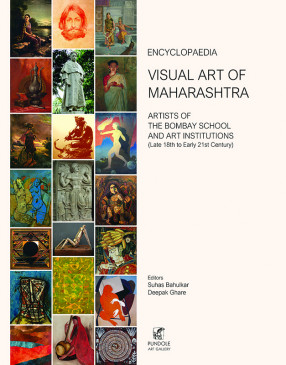
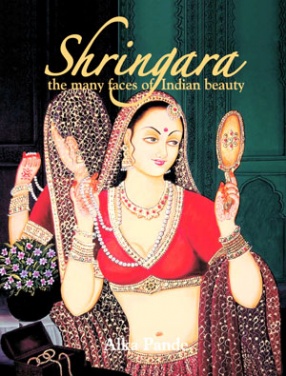
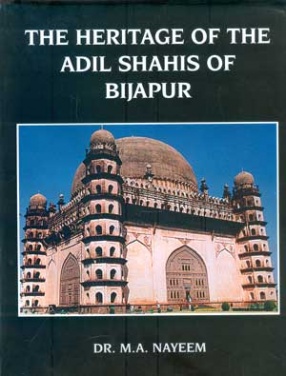

Bibliographic information
Naman P. Ahuja